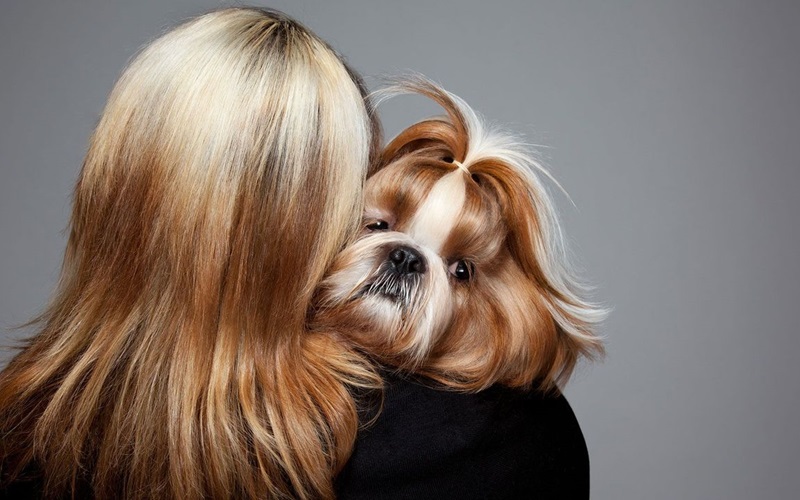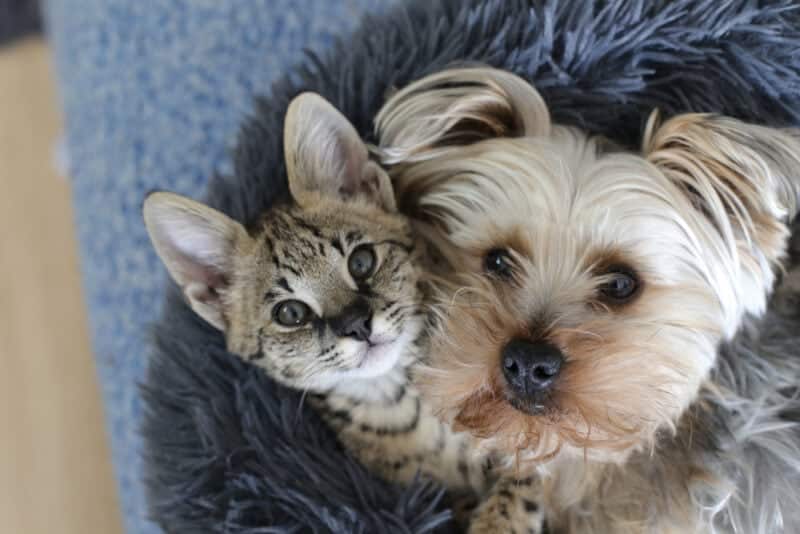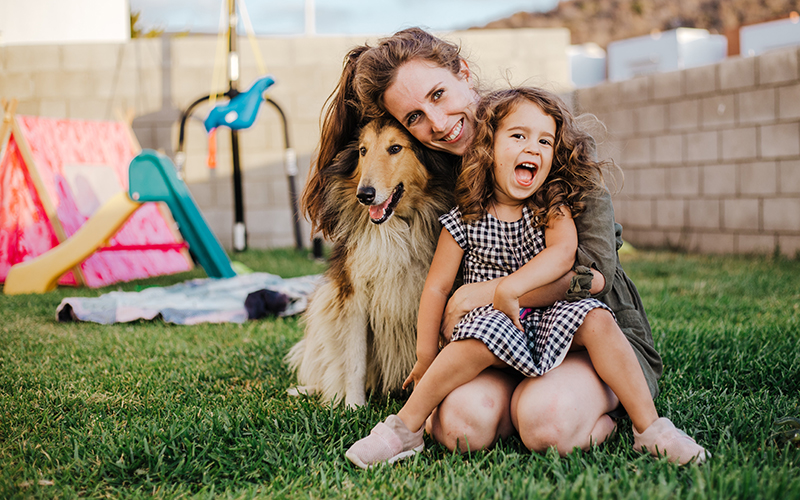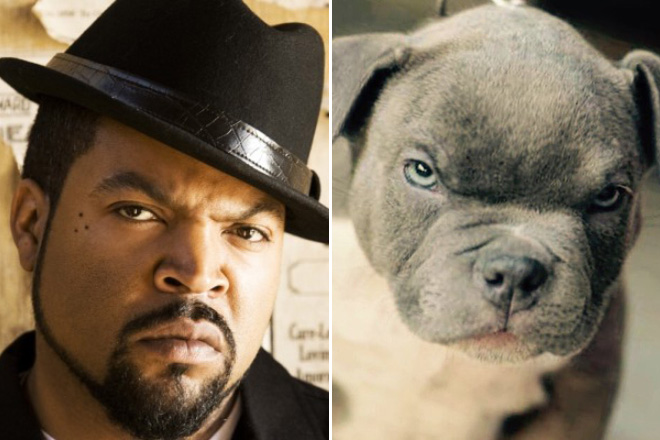For many of us, our pets are an integral part of our family. Isn’t that right, Bailey? 🐾 They bring joy, comfort, and companionship into our lives. But have you ever noticed how some pet owners start to resemble their pets over time? It’s a curious phenomenon that has fascinated psychologists, scientists, and pet lovers alike. In this article, we will delve into why this happens and what it reveals about the bond between humans and their furry friends.

The Science Behind the Resemblance
Psychological Theories
Several psychological theories suggest why pet owners might look like their pets:
- Mere-Exposure Effect: This theory posits that people tend to develop a preference for things because they are familiar with them. Over time, as pet owners spend more time with their pets, they might start to adopt similar expressions and behaviors.
- Selection Bias: Some psychologists believe that people subconsciously choose pets that resemble them in some way. This could be due to a preference for familiar features.

Scientific Studies
Research has been conducted to explore this phenomenon scientifically:
- Study by Sadahiko Nakajima (2009): Nakajima’s study found that participants could match photos of dogs and their owners better than by random chance, suggesting a notable resemblance.
- University of California, San Diego Study (2004): This study discovered that dog owners often selected pets that looked like them, particularly focusing on features such as the eyes.
Common Traits Shared by Pets and Owners
Physical Characteristics
Certain physical traits are more commonly shared between pets and their owners:
- Hair/Fur: Similar hair color and texture can make the resemblance more apparent. For example, a person with curly hair might choose a poodle.
- Facial Expressions: Pets often mimic the facial expressions of their owners, leading to similar looks.
- Size and Build: Owners might choose pets that reflect their own size and body type.

Behavioral Traits
Beyond physical appearance, pets and owners often share behavioral traits:
- Energy Levels: Active people might prefer energetic pets, while more sedentary individuals might opt for calm pets.
- Temperament: Outgoing individuals may choose sociable pets, whereas introverts might prefer quieter animals.
Why This Resemblance Matters
Strengthening the Bond
The resemblance between pets and owners can strengthen their bond. Recognizing similarities can foster a deeper connection and a sense of kinship.
- Emotional Connection: Seeing reflections of themselves in their pets can enhance the emotional bond owners feel.
- Shared Experiences: Engaging in similar activities and displaying similar behaviors can increase mutual understanding and companionship.

Social Perception
The resemblance can also affect how others perceive the pet-owner pair:
- Positive Perception: People might find pet-owner pairs with similar looks more endearing and relatable.
- Community Building: Shared traits can create a sense of community among pet owners who see themselves and their pets in others.
Real-Life Examples
Celebrity Pet Look-Alikes
Several celebrities and their pets have been noted for their striking resemblances:
- Reese Witherspoon and her French Bulldog: Both share bright, expressive eyes and a lively demeanor.
- Martha Stewart and her Chow Chows: Known for their similar serious expressions and dignified appearance.

Everyday Pet Owners
It’s not just celebrities; everyday pet owners also share these resemblances. Many social media platforms and communities celebrate these look-alike pairs, showcasing the adorable similarities between pets and their owners.
Conclusion
For many of us, our pets are more than just animals—they are family members who reflect parts of our own identities. The phenomenon of pet owners resembling their pets is a testament to the deep bond we share with our furry friends. By understanding why these resemblances occur, we can appreciate the unique and heartwarming relationships we have with our pets. Isn’t that right, Bailey?
